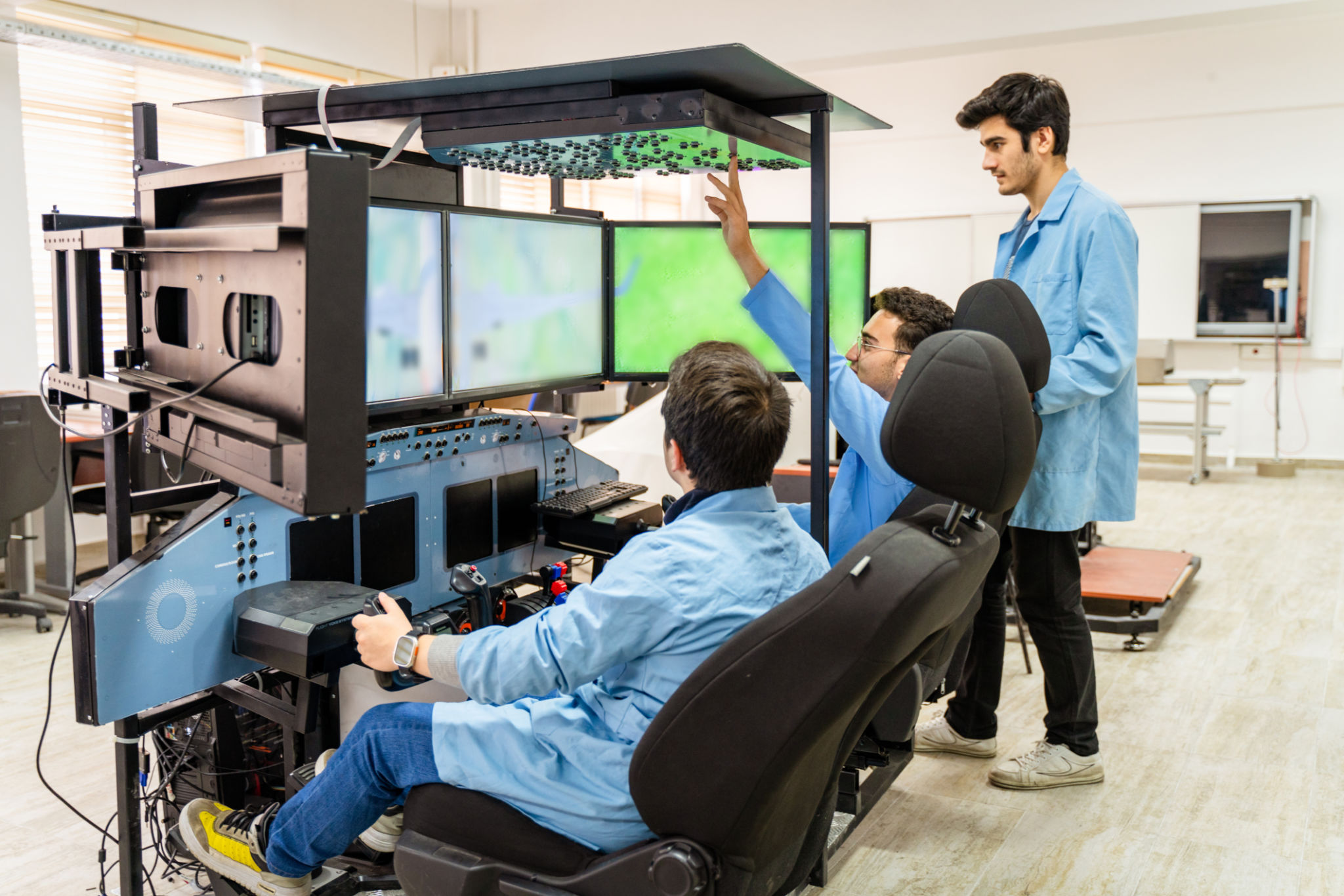Creating Immersive Training Modules: A Guide for Workforce Development
Understanding Immersive Training Modules
In today's rapidly evolving business landscape, workforce development is crucial for maintaining competitive advantage. Immersive training modules have emerged as a powerful tool to enhance employee learning and engagement. This approach uses advanced technologies to create a realistic training environment, allowing employees to learn by doing rather than by passively consuming information.
Immersive training modules integrate various elements like virtual reality (VR), augmented reality (AR), and interactive simulations. These technologies provide a hands-on experience, making the training process more engaging and effective. By simulating real-world scenarios, employees can practice and hone their skills without the risks associated with on-the-job training.

Benefits of Immersive Training
The benefits of immersive training go beyond just enhanced learning. Firstly, it leads to better retention rates as participants are more likely to remember information when they actively engage with the content. Moreover, immersive modules can be tailored to meet specific organizational needs, ensuring that employees acquire relevant skills and knowledge.
Another significant advantage is the ability to provide immediate feedback. In traditional training setups, feedback may be delayed, but immersive environments can offer real-time responses, helping learners correct mistakes and reinforce learning promptly. Furthermore, immersive training often results in higher motivation and engagement levels among employees, as it breaks the monotony of conventional learning methods.
Designing Effective Immersive Training Modules
Creating effective immersive training modules requires careful planning and execution. Begin by identifying the specific skills and objectives the training aims to address. This will guide the development process and ensure that the content is aligned with organizational goals.

Next, choose the appropriate technology that suits your training needs. Whether it's VR, AR, or simulations, each technology offers unique benefits. For example, VR is excellent for creating entirely immersive environments, while AR can overlay digital information in the real world, ideal for on-the-job assistance.
Incorporating Interactivity
Interactivity is a key component of successful immersive training modules. Incorporate elements like quizzes, decision-making scenarios, and problem-solving tasks to keep learners engaged. This not only makes the training more enjoyable but also helps reinforce learning through active participation.
- Use storytelling to create compelling narratives that guide learners through the module.
- Include branching scenarios where decisions lead to different outcomes.
- Provide opportunities for collaborative learning through multiplayer simulations.

Measuring Success
To gauge the effectiveness of your immersive training modules, it's crucial to establish clear metrics for success. Consider measuring learner engagement levels, knowledge retention rates, and job performance improvements post-training. Feedback from participants can also provide valuable insights into how well the module meets their learning needs and areas for improvement.
Moreover, continuously updating and refining your modules based on feedback and technological advancements will ensure they remain relevant and effective over time. Remember, the ultimate goal of immersive training is not just to teach but to empower employees with the skills they need to thrive in their roles.
